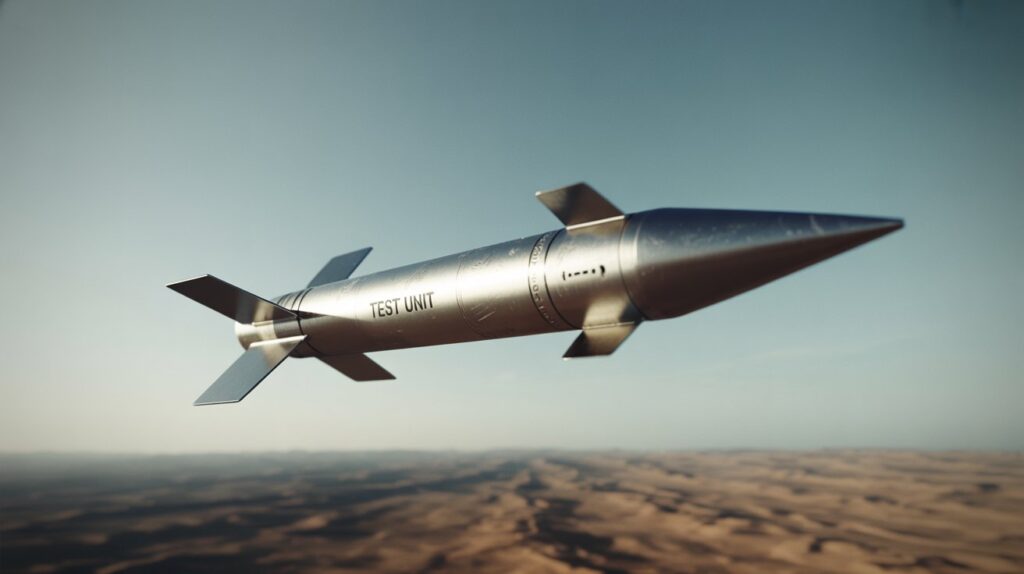As global security dynamics become increasingly complex and contested, the demand for weapons that deliver surgical precision, reduced collateral damage, and operational superiority has never been higher. The Precision-Guided Munition (PGM) market, valued at USD 37.24 billion in 2025, is projected to reach USD 49.71 billion by 2030, growing at a CAGR of 5.9%. This market surge is propelled by the rising need for flexible, scalable, and responsive strike capabilities across conventional and asymmetric threat environments.

Strategic Necessity in Modern Warfare
Precision-guided munitions represent more than just a technological upgrade—they symbolize a fundamental shift in modern military doctrine. Nations are increasingly prioritizing PGMs as part of integrated deterrence strategies, especially in high-risk theaters where rapid, pinpointed engagement can determine operational success or failure.
Download PDF Brochure @
https://www.marketsandmarkets.com/pdfdownloadNew.asp?id=109859417
Whether suppressing enemy air defenses, neutralizing time-sensitive targets, or conducting stand-off strikes in hostile zones, PGMs offer unmatched tactical and strategic value. Their effectiveness in avoiding civilian casualties and infrastructure damage also supports compliance with evolving international rules of engagement and humanitarian standards.
Technological Backbone: Guidance & Navigation Systems
At the core of the PGM revolution lies advanced guidance and navigation systems. These systems incorporate a blend of inertial navigation, GPS/GNSS, laser designation, and imaging sensors, enabling consistent accuracy even in GPS-denied or electronically jammed environments. The rise of sensor fusion, where real-time data is integrated across platforms and systems, allows PGMs to dynamically adjust trajectories and home in on moving targets.
The move toward multi-mode guidance systems ensures resilience in complex environments, particularly where electronic countermeasures are prevalent. Additionally, integration with AI and machine learning is enabling autonomous decision-making, making PGMs increasingly capable of independent target acquisition and prioritization.
Speed and Survivability: Supersonic and Hypersonic PGMs
Speed has become a mission-critical requirement. Supersonic PGMs, in particular, are emerging as indispensable tools for high-threat environments where time-to-target and survivability determine mission outcomes. Their high velocity limits enemy reaction time and enhances strike penetration, especially when engaging hardened or mobile assets.
Further down the horizon, hypersonic PGMs are being developed to provide deep-strike capability with global reach, offering military planners a new dimension of strategic deterrence. These weapons, combining extreme speed with precision and maneuverability, are shaping the next era of kinetic dominance.
Autonomous Weapons and Smart Engagements
The evolution of autonomous PGMs is another transformational force in this market. With onboard computing, AI-enabled analytics, and advanced sensors, autonomous PGMs can independently detect, track, and engage targets with minimal external input. These systems are particularly effective in contested battlespaces, where real-time communication with operators may be compromised.
In future combat scenarios—especially urban warfare, swarming threats, and decentralized enemy formations—autonomous PGMs will serve as frontline enablers of decision dominance and rapid tactical response.
Regional Dynamics: Asia Pacific at the Forefront
While North America continues to lead in PGM innovation and deployment, Asia Pacific is the fastest-growing regional market, driven by rising geopolitical tensions, defense modernization programs, and strategic autonomy initiatives. Nations such as India, China, Japan, South Korea, and Australia are investing in long-range precision strike capabilities, including indigenous production and international technology partnerships.
Programs like India’s “Make in India”, Japan’s partnership with Western defense firms, and South Korea’s growing defense export push are creating a vibrant, self-sustaining PGM ecosystem. The proliferation of 4.5 and 5th-generation fighter aircraft is also driving demand for air-launched PGMs with high-performance guidance systems.
Challenges and Future Outlook
Despite its promising outlook, the PGM market faces several challenges, including high development costs, technology transfer restrictions, and cybersecurity threats to networked weapons systems. Nonetheless, with increased investments in R&D, sovereign manufacturing, and AI-driven autonomy, these hurdles are being systematically addressed.
Looking ahead, the convergence of AI, space-based ISR (Intelligence, Surveillance, Reconnaissance), and real-time data integration will redefine the operational potential of PGMs. These weapons will become smarter, more adaptable, and deeply embedded within the digital battlefield ecosystem.
Ask for Sample Report @
https://www.marketsandmarkets.com/requestsampleNew.asp?id=109859417
The global Precision-Guided Munition market is at a tipping point—driven by strategic needs, regional tensions, and technological revolutions. PGMs are not just force multipliers; they are foundational to future warfare, offering militaries a decisive edge in speed, precision, and impact.
With rapid advances in autonomy, guidance systems, and high-speed capabilities, the next five years will witness a transformative evolution of the PGM landscape—where lethality meets intelligence, and power is exercised with precision.